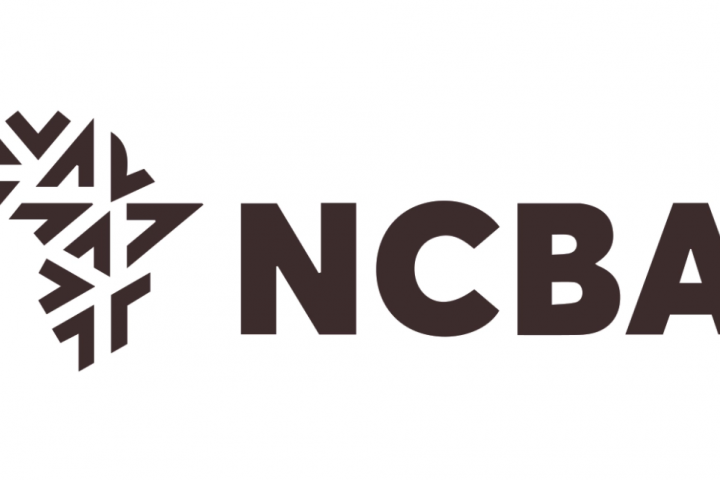Since its inception in 2009, Bitcoin has made herculean steps and carried the entire world of cryptocurrencies. However, the Bitcoin network comes with some shortfalls. Bitcoin layers play a decisive role in addressing the limitations of Bitcoin’s mainchain.
Read on to learn about Bitcoin layers and the role they play in the Bitcoin ecosystem.
What Are Bitcoin Layers?
Bitcoin Layer 2 protocols, also known as Bitcoin layers or L2s, are a set of off-chain technological improvements built on top of the Bitcoin blockchain. These separate protocols facilitate new use cases and functionalities or extend the network’s capabilities.
Developers add these layers to the Bitcoin network to improve its speed, security, and scalability, in addition to supporting new applications, features, and developments.
Why Are Bitcoin Layers Important?
Decentralization and security are the bedrock of the Bitcoin network, but, unfortunately, they cause Bitcoin’s low transaction output. Compared to Ethereum’s 15 transactions per second (TPS) and XRP’s 1500 TPS, Bitcoin processes 7 relatively slow TPS.
Bitcoin mainchain’s limited functionality and programmability rendered it unable to directly support newer developments like complex smart contracts and decentralized applications (dApps).
That’s where Bitcoin layers come in, enabling developers to implement new use cases without interfering with Bitcoin’s core characteristics of security and decentralization.
L2 networks are a significant launching pad for new Bitcoin applications that could further the cause of its adoption. By moving transactions from the main blockchain onto the sidechain in an off-chain scaling process, layers help improve privacy, scale, cost, and functionality.
List of Leading Bitcoin Layers
As Bitcoin’s popularity grew, congestion became synonymous with its blockchain, leading to slow transaction times and high fees. The following Bitcoin tech stacks of different layers have emerged to host new use cases and introduce scaling solutions. BitcoinOS
BitcoinOS
BitcoinOS is one of the newest entrances into the Bitcoin Layer 2 ecosystem, providing a decentralized network of interoperable Bitcoin rollups with near-trustless Bitcoin rails. By enabling the development of interoperable applications secured by Bitcoin, the permissionless, open-source layer protocol will foster a digital economy built on Bitcoin with seamless BTC transfers via secure, near-trustless rails.
Lightning Network
The Lightning Network (LN) is a popular Bitcoin layer introduced in a 2016 whitepaper renowned for facilitating cheap high-speed transactions. The LN implements real-time payment channels that use smart contracts to facilitate multiple off-chain transactions without submitting them to Bitcoin’s mainchain. By allowing settlement of balances on the blockchain after transactions are completed, Lightning Network’s users, making small frequent transactions, don’t have to wait for confirmation on Bitcoin’s base layer.
Stacks
Stacks is an L2 network that offers a unique approach to incorporate smart contract capabilities previously unavailable within the Bitcoin network. Users on the Stacks platform can implement smart contracts using a two-way peg called BTC. The protocol uses a unique architecture that enables DApps, DeFi, and NFT developers to lock BTC as sBTC on a ratio of 1:1, which they can burn later to unfreeze their BTC. The sidechain uses the proof of transfer (POX) consensus mechanism, enabling users to earn BTC rewards for securing the network.
Liquid Network
As a sidechain of the Bitcoin network, the Liquid Network is designed to facilitate better privacy and scalability. It is ideal for large institutions like crypto exchanges that need to execute large-volume transactions quickly and privately. The independent protocol is linked to the Bitcoin mainchain via a two-peg mechanism that allows a synchronized and secure transfer of assets between blockchains. The Liquid Network confirms new blocks using signed blocks instead of mining, which takes two minutes compared to the 10 minutes it takes the Bitcoin blockchain to mine and add a block to the network.
Rootstock
Rootstock (RSK) is a sidechain to the Bitcoin blockchain operating as an open-source platform to enable Bitcoin users to develop and execute smart contracts. The sidechain enables developers to use the RSK Virtual Machine (RVM) to build DApps and smart contracts using Ethereum Virtual Machine’s (EVM) solidity language. A two-way peg allows users to convert RSK’s native token smart BTC (RBTC) to BTC and vice versa on a 1:1 ratio to then deploy the digital currency in DeFi protocols, such as Sovyrn.
Mintlayer
Mintlayer is a Bitcoin sidechain designed to facilitate smart contract functionality and enable users to access stablecoins, NFTs, and DeFi while maintaining Bitcoin’s integrity. The L2 network aims to become the new layer for minting crypto assets and creating financial products and services on the Bitcoin network.
Conclusion
It may appear like Bitcoin’s developers first constructed a house and later realized the foundation had faults that needed to be improved as the building progressed. However, dynamic technologies like Bitcoin that are constantly developing require some flexibility.
By allowing new layers, Bitcoin has used every chance to redesign its home’s foundation to improve its money policies and market reliability.









